Void Stranger
by System Erasure
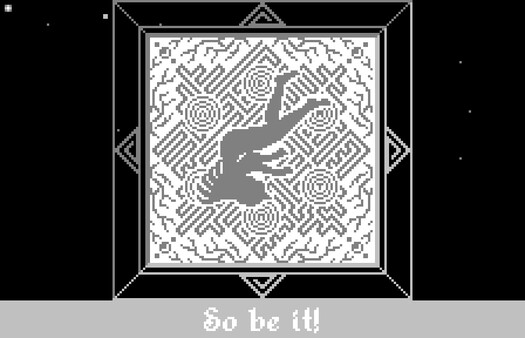
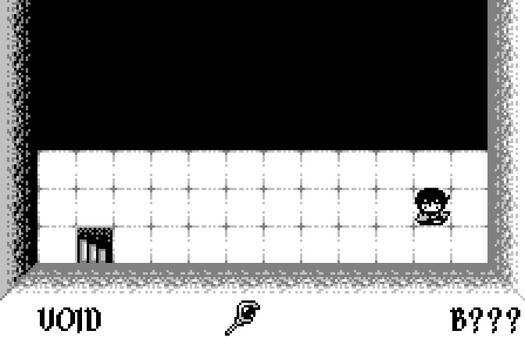
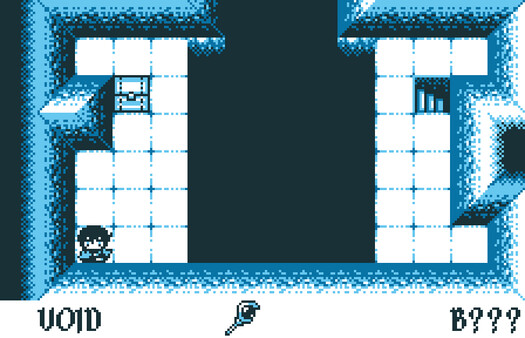
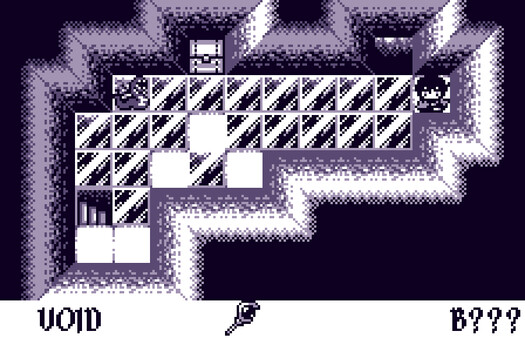
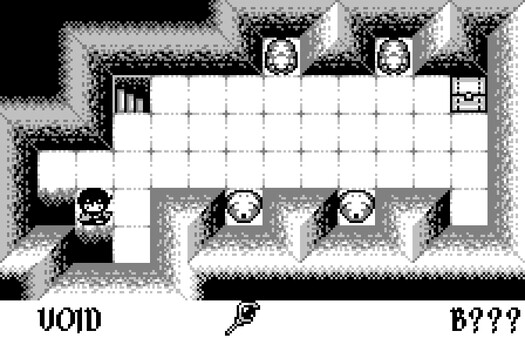
The Developer Says...
Place your faith and embrace the Void.
Keywords
Players Like...
❤ Tile-Swapping Puzzles
At the core of the gameplay, players navigate through rooms and manipulate tiles using a scepter. The scepter allows players to remove a tile in front of them and place it elsewhere, which is the primary mechanic for solving the game's sokoban-style puzzles and navigating the environment.
❤ Layered Mechanics and Secrets
However, the gameplay gradually becomes more complex beyond this basic tile-swapping. Players report uncovering "hidden mechanics" and "secret enigmas" as they progress, which reward lateral thinking and exploration. For example, one reviewer describes discovering a mechanic where "closing the game as a 'mechanic' is something the game enforces in many segments."
❤ Extreme Difficulty
Reviews universally characterize the puzzles as extremely challenging. The lack of an undo function forces players to plan their moves meticulously. Difficulty ramps up significantly, with some later puzzles described as "unfair" and requiring arduous trial-and-error. Yet, overcoming these obstacles is said to be immensely rewarding.
❤ Encouragement of Experimentation
The game actively pushes players to experiment with unorthodox approaches. One reviewer notes that "any and all shenanigans are valid" and that the game will "try to break you" - but players can also "break it a little in return." This sense of playful experimentation is central to the experience.
❤ Nonlinearity and Exploration
Puzzles often have multiple possible solutions, and revisiting areas is important. The game also features a substantial amount of optional content and secrets to uncover, further incentivizing thorough exploration.
❤ Note-Taking and Theorycrafting
Given the game's deep mysteries and hidden mechanics, reviewers emphasize the importance of taking detailed notes and screenshots. This note-taking and theorycrafting becomes an integral part of engaging with the game.

